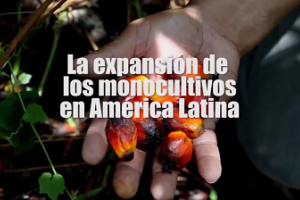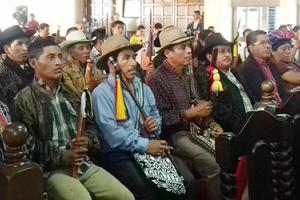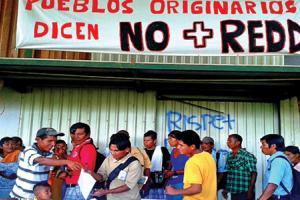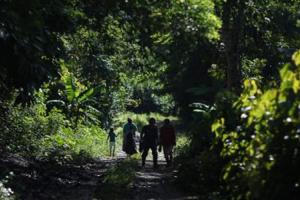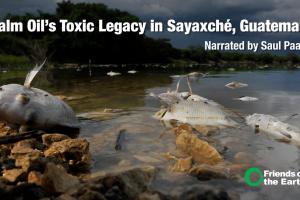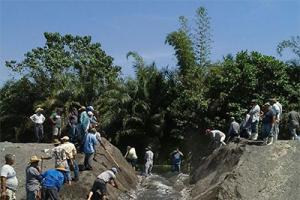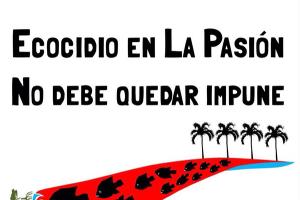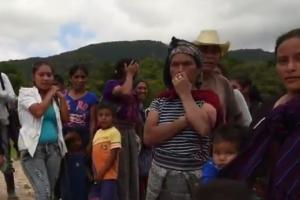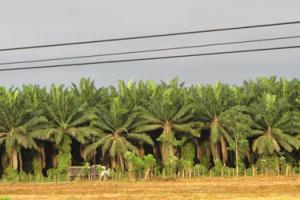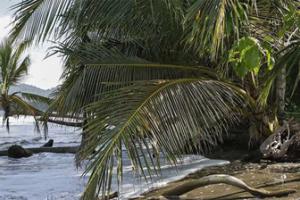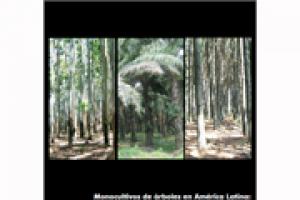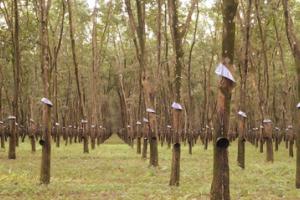(Only available in Spanish). Documental sobre la expansión de monocultivos de palma aceitera y piña en América Latina, realizado por Aldo Santiago, periodista mexicano independiente, y Claudia Ramos, integrante de la organización Otros Mundos A.C./Amigos de la Tierra México. Duración: 35 minutos. Idioma: Español.
Guatemala
Other information
20 February 2018
Bulletin articles
8 December 2016
Guatemala is located in the heart of Mesoamerica. Its enormous cultural diversity is a historical legacy of the Mayan culture, in which indigenous communities have developed systems of organizational thought and self-government—always tied to knowledge based on their worldview, spirituality and the continuous maintaining and renewing of their relationship with Mother Earth.
Other information
21 October 2016
Bulletin articles
20 October 2016
They are not invaders, they named this territory
Other information
15 September 2016
frameborder="0" allowfullscreen>
Saul Paau, a Q’eqchi’ Mayan community leader, describes the environmental and social devastation wrought by the palm oil industry in the Petén region of Guatemala, with a focus on the 2015 ecocide in the Pasión River associated with the company REPSA.
Other information
16 February 2016
On February 9th and 11th, 2016, over 200 residents of Nueva Concepción, Escuintla, Guatemala, held an action that was historic for their municipality and for many peoples; they freed the Madre Vieja River from several dams that were diverting its water toward oil palm and sugar cane plantations.
Other information
12 June 2015
Only available in Spanish.
Comunicado internacional.
Ante los hechos ocurridos en el río La Pasión, en Sayaxché, Petén, Guatemala en donde se ha registrado la muerte masiva de peces y otras especies en su cauce (se habla de afectaciones de hasta 105 kilómetros de contaminación) expresamos:
Other information
3 June 2015
Communities of the middle and lower basins of Madre Vieja River on the Pacific side of Guatemala are being deprived of water because of dams built by companies planting African palm and sugar cane. Neighbors and organized communities - some of them belonging to the International Redmanglar Network - have repeatedly claimed that these companies are using, retaining and diverting water for their large-scale plantations.
Bulletin articles
23 February 2015
Publications
29 August 2014
Only available in Spanish
By the WRM and RECOMA
Download as pdf here
Bulletin articles
11 September 2013
Hevea brasilensis, known as the Pará rubber tree or, most commonly, the rubber tree, is native to South America. It is the member of the genus Hevea most frequently exploited industrially, as the milky latex extracted from the tree is the primary source of natural rubber.
